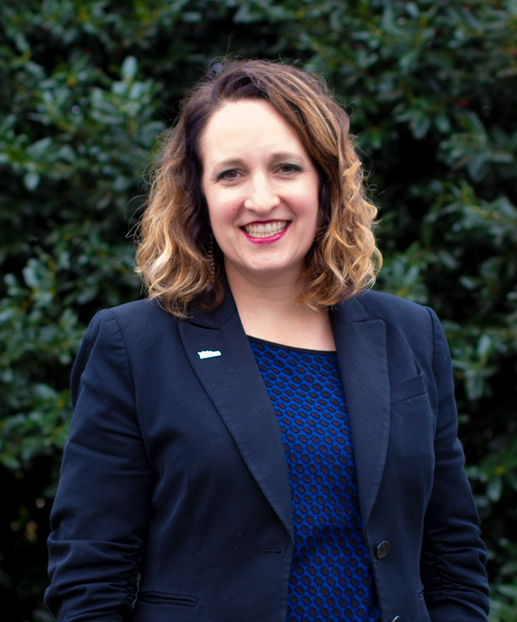I recently attended the 2019 Grassfed Exchange Conference in Santa Rosa, California. The event was full of inspiring speakers and attendees who are transforming our industry for the better. While cattlemen have always been incredible stewards of our natural resources (their livelihood depends on it), I was amazed at the multiple ways that today’s grassfed beef farmers are working to regenerate the land:
1. Cattle are nature’s upcyclers: Cattle graze on land we can’t farm. More than 60% of the land globally and 40% of the land in the contiguous U.S. is pasture and rangeland that is too rocky, steep, and/or arid to support cultivated agriculture — yet this land can support cattle. I spent a lot of time in rocky coastal pastures of California during my trip where I saw cattle converting forages into beef. This small miracle is otherwise known as protein upcycling and is a win for the meat industry and the environment.
2. Cattle support carbon sequestration: If you ask any beef producer who attended the Grassfed Exchange to explain their operation, they will tell you that they are in the soil business first. They are grass farmers who support healthy soil by applying compost to their pasturelands to help sequester carbon. They aren’t doing it only because they are concerned about the effects of global warming, but because they know that healthy soil produces healthy grass for their animals.
Loren Poncia, owner of the beautiful 1,000-acre Stemple Creek Ranch located in the coastal hills of Northern California, hosted a ranch tour during the Grassfed Exchange and showed us his compost mixture of wine pomace (a bi-product of the nearby Sonoma County vineyard) and eucalyptus wood chips. The compost builds organic matter in the soil which allows for more carbon storage capacity.
Learn more about Stemple Creek Ranch and the other California ranchers who are harnessing atmospheric carbon to improve soil content through the Marin Carbon Project.
3. Cattle improve biodiversity: Because cattle improve the health of the soil microbiome, they increase biodiversity by providing a rich habitat for pollinators, birds and other wildlife. I got to see this first-hand on a tour of the Sonoma Mountain Institute (SMI), a non-profit organization that turns cattle out to graze on public lands (such as county parks) and their team measures the number of species of plants after grazing. Byron Palmer and Nate Chisholm, experienced ranchers who oversee SMI’s grazing program, reported on a 50% increase in the number of species after cattle had grazed on the land for several months. Cattle are part of the solution for restoring and regenerating the environment. Because Mother Nature likes diversity, pastures thrive when more than one ruminant grazes or browses (in the case of goats) at the same time. They don’t feed on the same plant resources and they consume dry matter that can be a fire threat in areas of the country with lower rainfall. Multi-species grazing means more biodiversity and increased ranch profitability with more pounds of protein produced per acre.
We all know that anti-ag activists have been controlling the sustainability narrative by making animal agriculture the bad guy, but my first-hand experience at the Grassfed Exchange demonstrates how committed these farmers are to a sustainable environment. These are the facts that the meat industry needs to be sharing with (and shouting to!) consumers to demonstrate our industry’s commitment to the planet.
Cattlemen were the original environmentalists and our grassfed beef farmers continue to make sustainability a cornerstone of their business.
